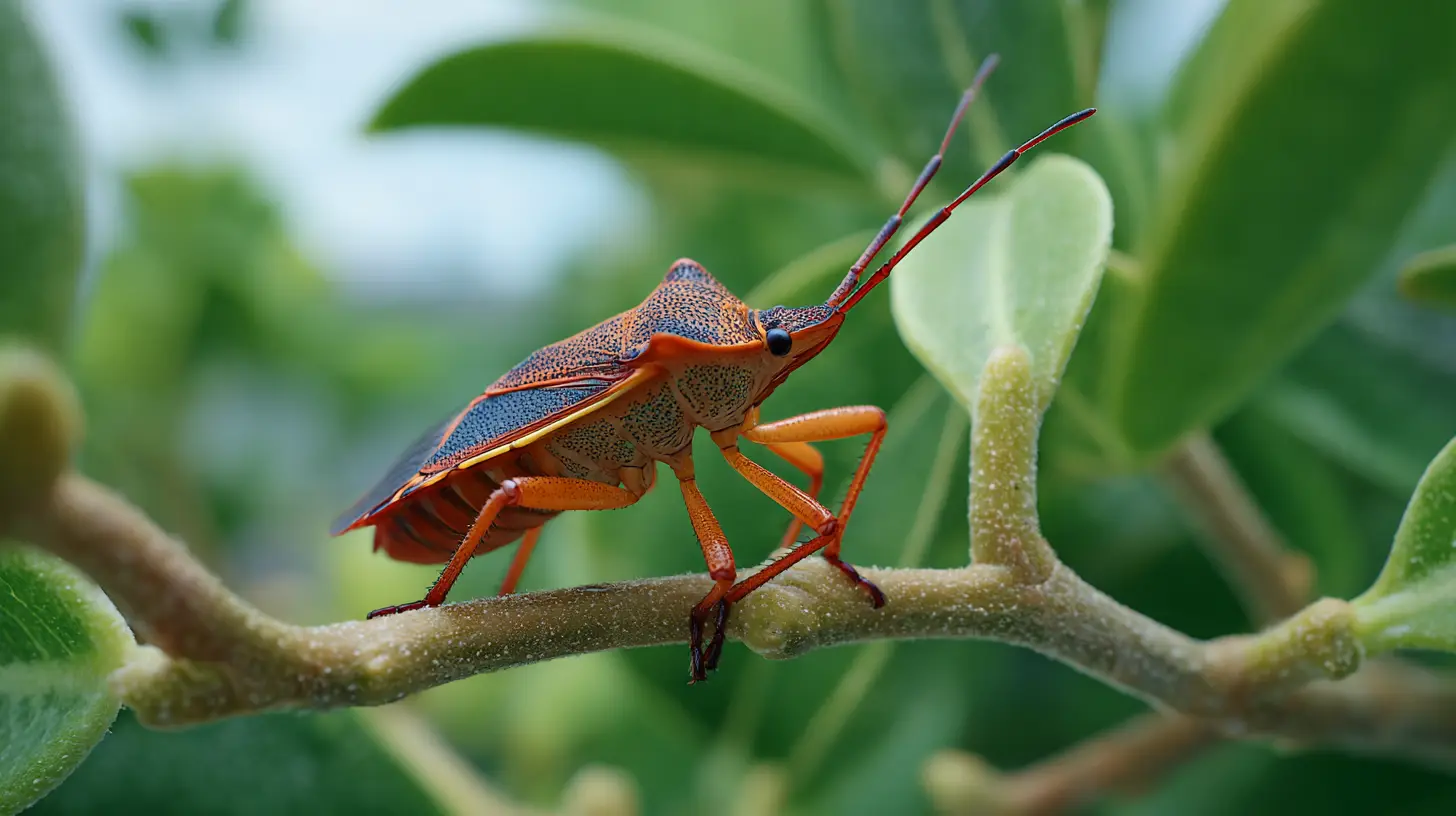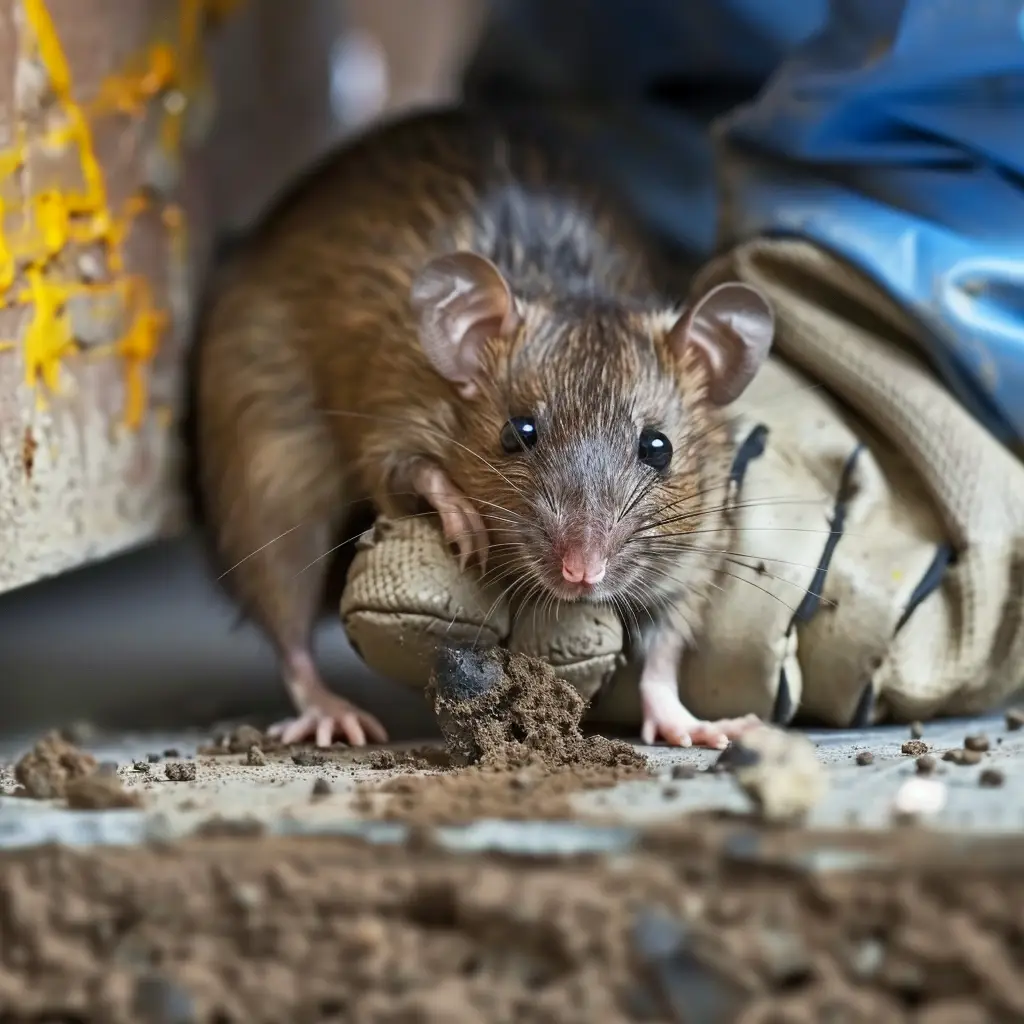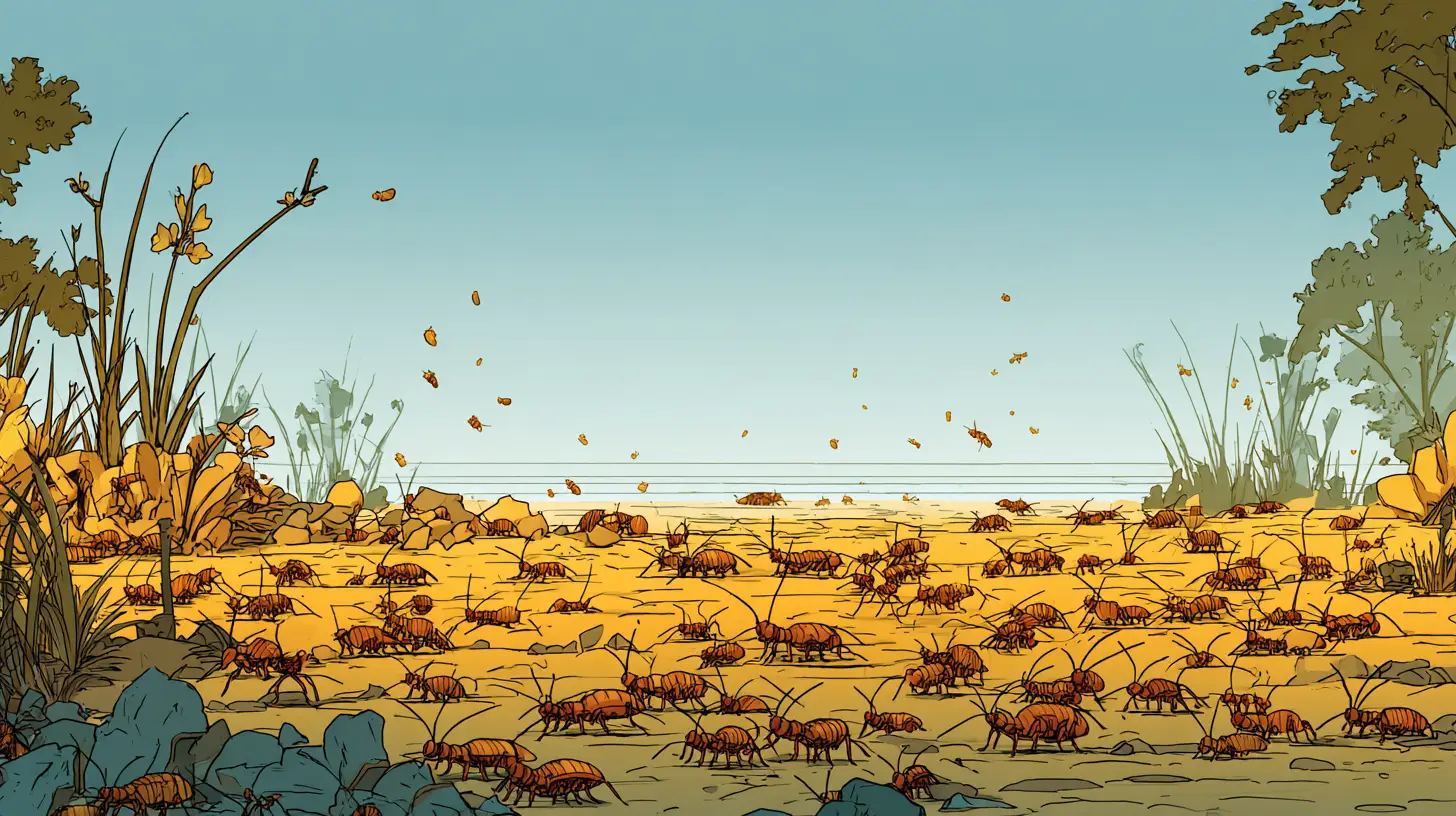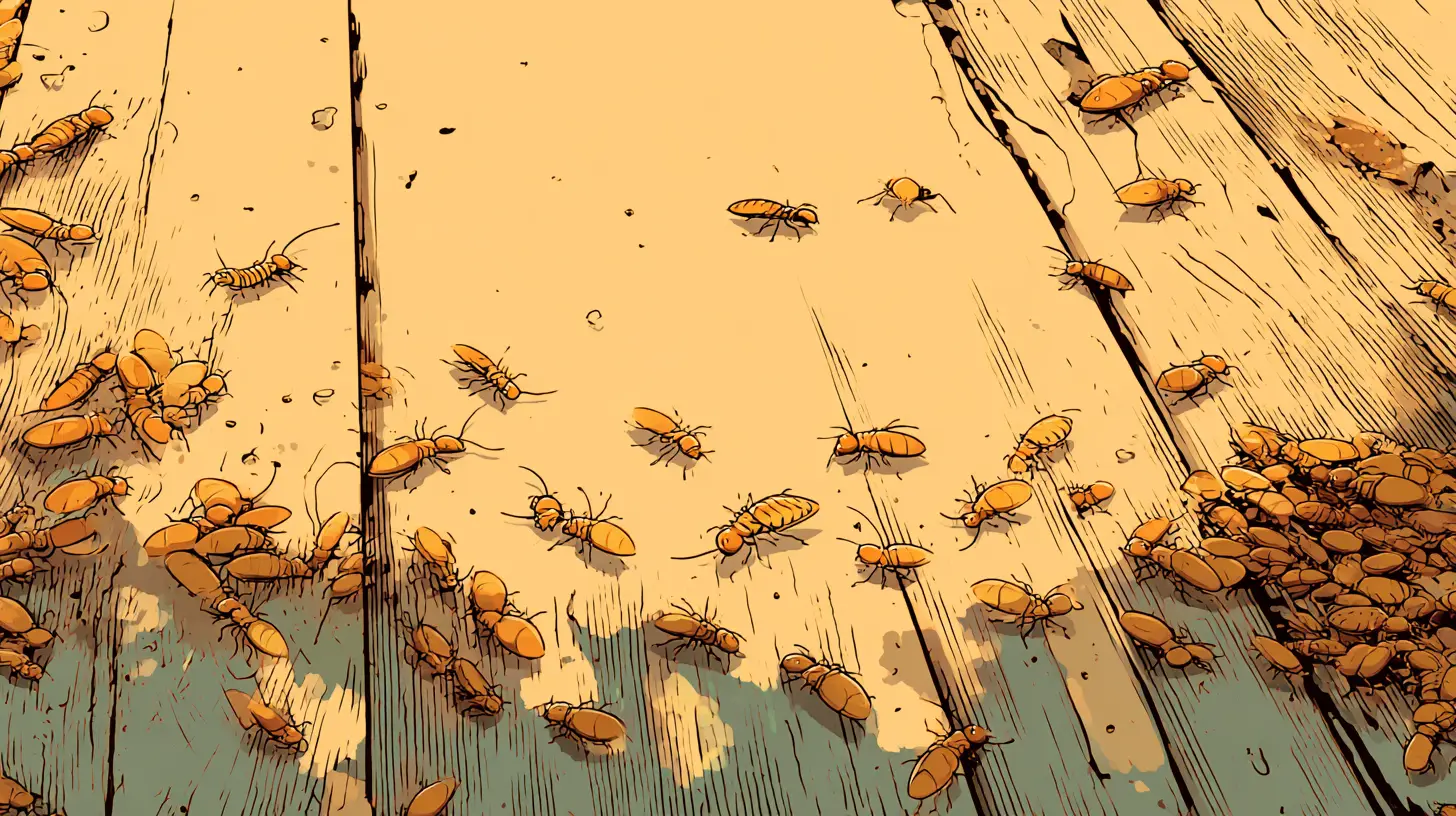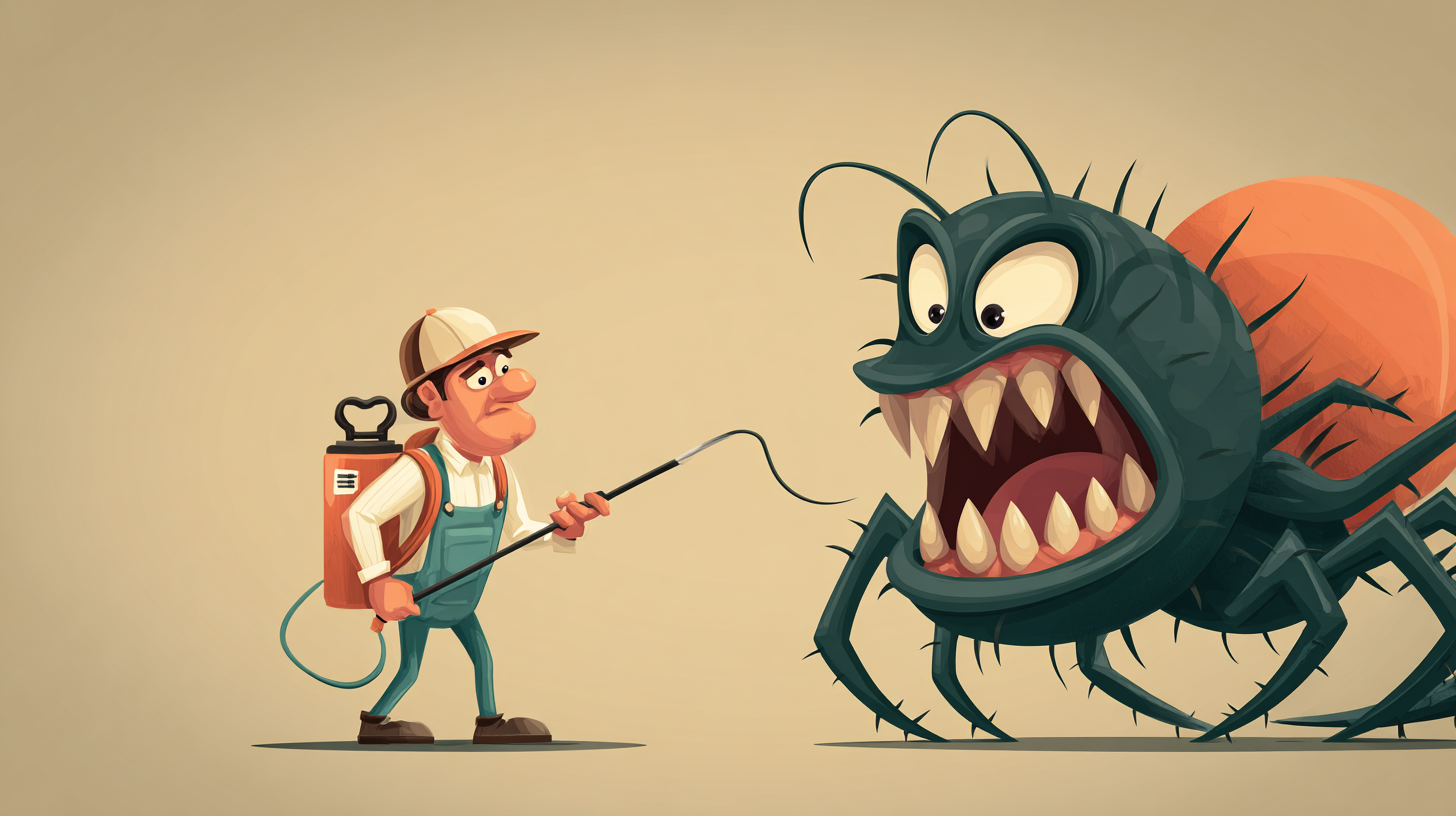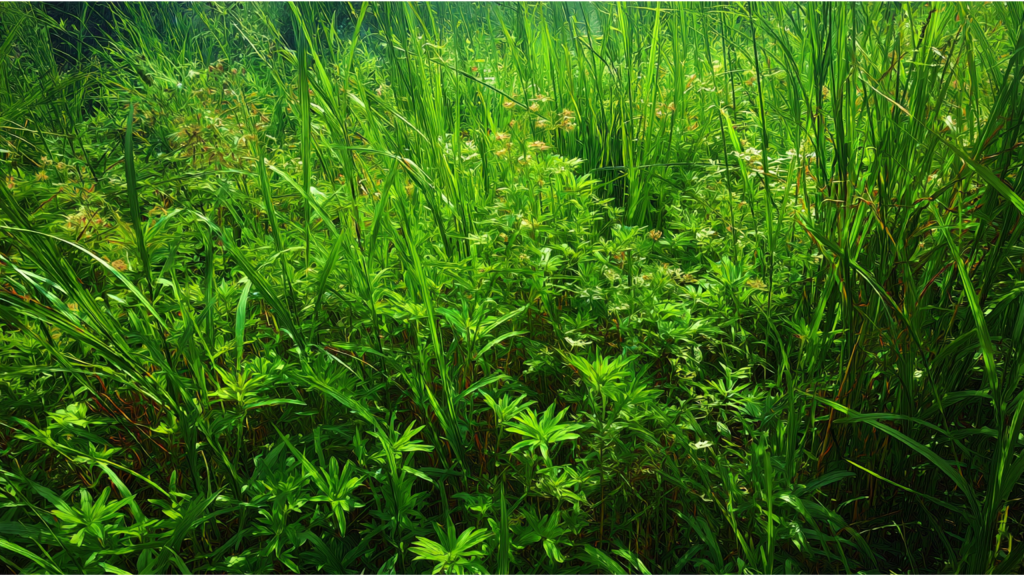
Table of Contents
The types of weeds that love Bradenton, FL lawns aren’t just “a few dandelions here and there.” Nope. Down here, our yards are basically the Coachella of weeds: dollarweed, pusley, spurge, crabgrass, nutsedge, and their whole obnoxious crew show up like they’ve got VIP tickets. And just like a music festival, once they’re in, they spread, multiply, and make a complete mess of the place.
Here’s the kicker: Florida has more than 4,000 plant species, and about 1,300 are considered weeds by UF/IFAS Extension. That’s a whole lot of freeloaders. And in Bradenton, where it’s warm, humid, and rainy? The conditions are basically an all-you-can-eat buffet for invasive and aggressive weeds.
Key Takeaway
- Bradenton’s climate makes weeds a year-round problem — they don’t “go away” just because it’s winter.
- The worst culprits include dollarweed, Florida pusley, chamberbitter, Virginia buttonweed, crabgrass, torpedograss, nutsedge, and invasive bullies like cogongrass.
- Most spread because of overwatering, weak turf, or compacted soil.
- Fix your lawn care routine first (mowing, watering, fertilizing) — then hit weeds with the right active ingredients like atrazine, 2,4-D, dicamba, halosulfuron, or glyphosate depending on the weed.
- Ignore them, and your lawn turns into their lawn.
Broadleaf Weeds: The Sneaky Green Invaders
Dollarweed (Hydrocotyle spp.)
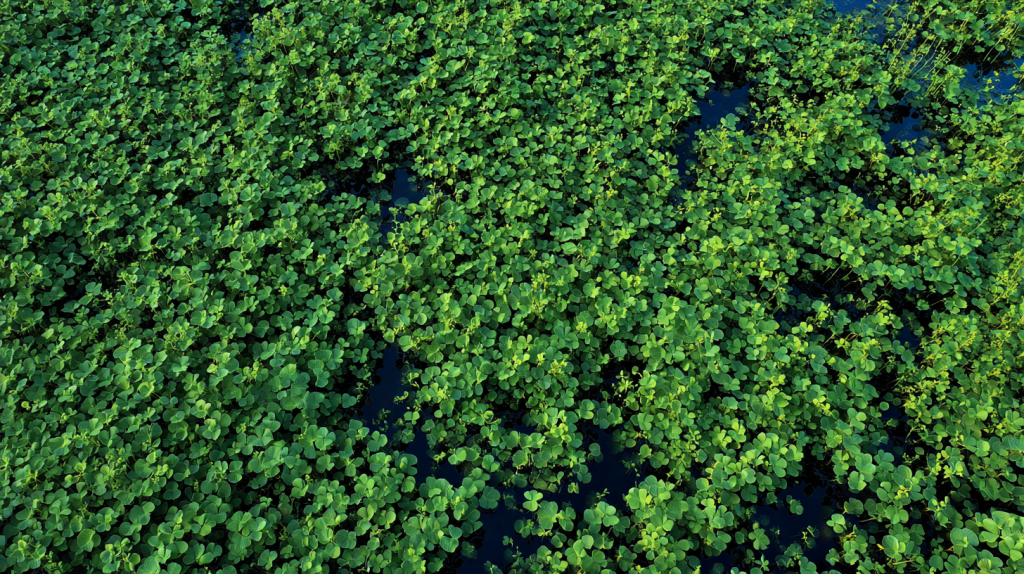
- Looks like a bunch of little green coins across your lawn.
- Thrives in soggy yards (translation: you’re probably overwatering).
- Fun fact: Each plant can spread from tubers underground, which is why pulling them feels like fighting Hydra — chop off one head, two grow back.
- Best control: fix your drainage and use actives like atrazine or a 2,4-D + dicamba combo.
Florida Pusley (Richardia scabra)
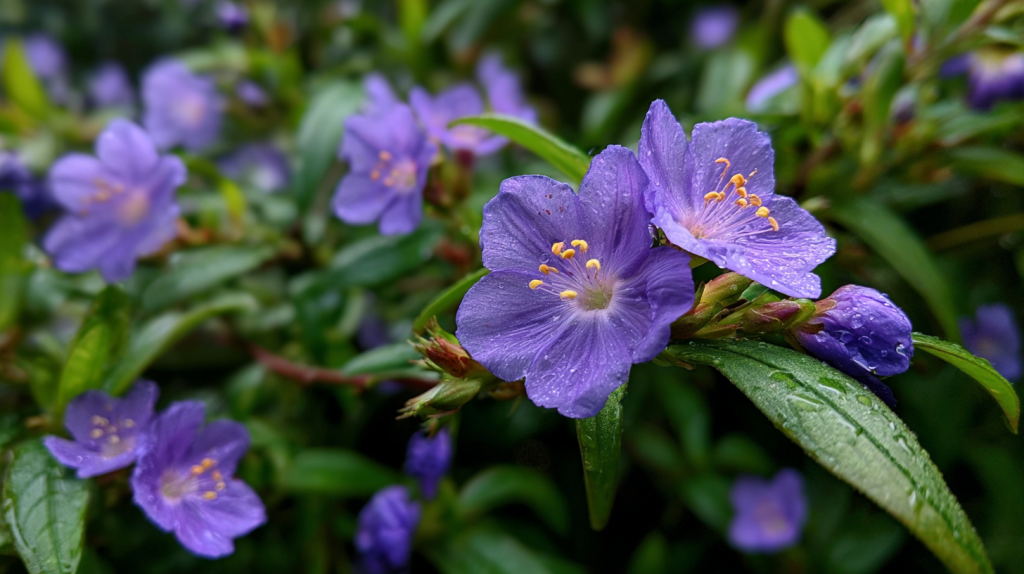
- Locals call it “Florida snow” because the little white flowers blanket yards in summer. Pretty? Yes. A nightmare? Also yes.
- One plant can release thousands of seeds. That’s why it feels like it pops up overnight.
- Best control: mow before it seeds and hit it with prodiamine (pre-emergent) in spring or a 2,4-D + dicamba blend for live infestations.
Spurge (Chamaesyce spp.)
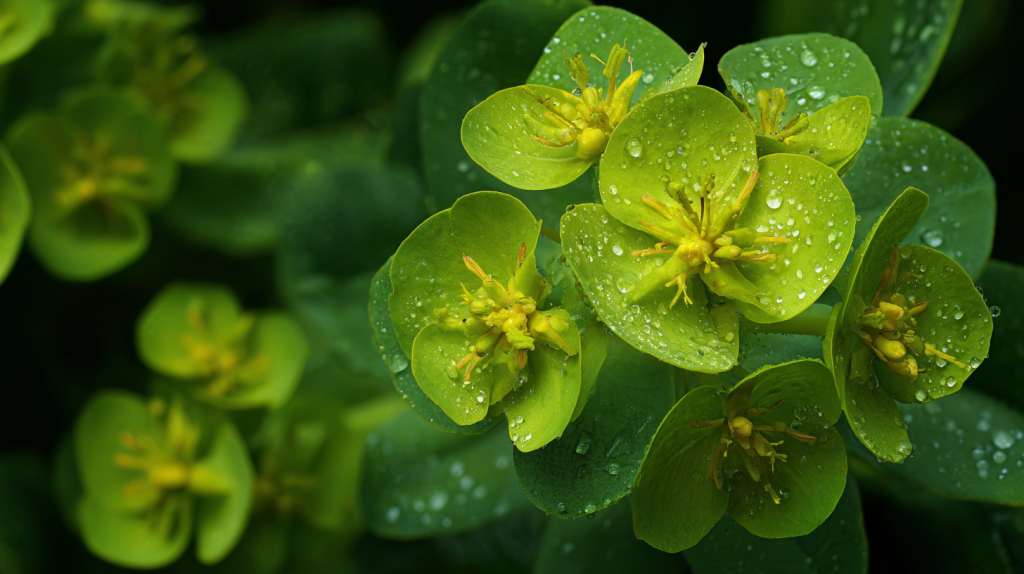
- Grows flat to the ground like it’s trying to sneak under the radar.
- Snap a stem and it oozes milky white sap (gross and mildly irritating to skin).
- Best control: stop it early with isoxaben (pre-emergent) or 2,4-D + dicamba once it’s up.
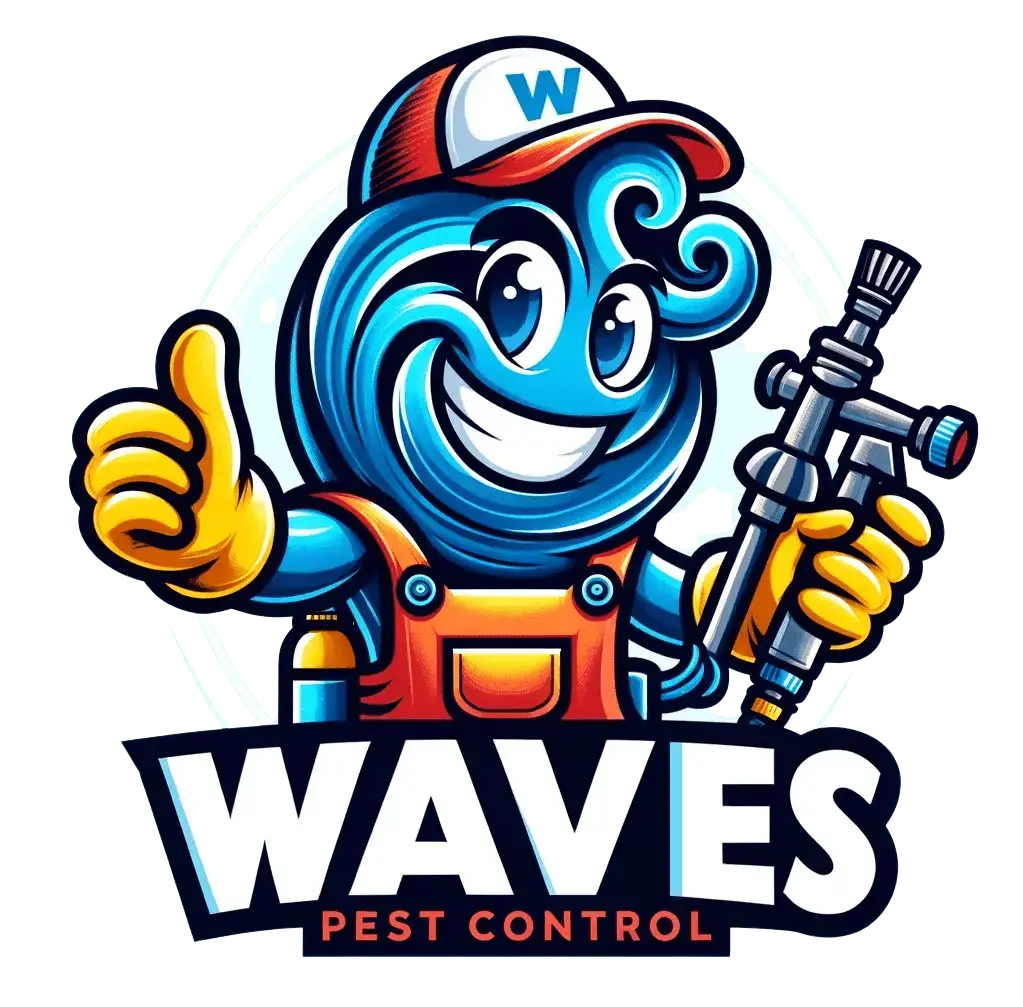
Get Pest-Free Today!
Trust Waves Pest Control for expert pest solutions in Florida. Call now or request your free quote online!
Request a QuoteGrassy Weeds: The Ones That Pretend to Be Lawn
Crabgrass (Digitaria spp.)
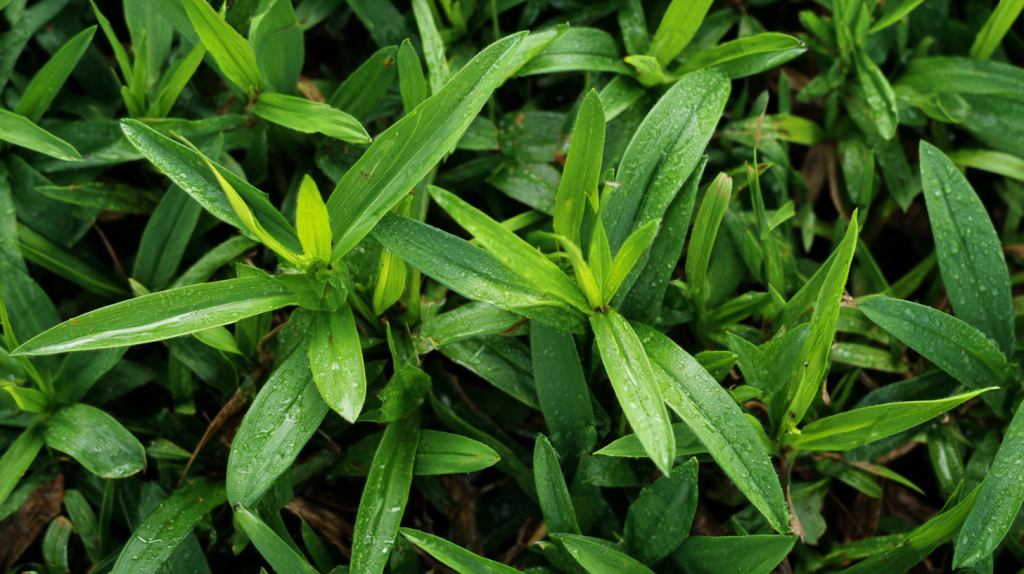
- The “classic” summer bully.
- Seeds can survive for years, which is why crabgrass is like the bad ex of the weed world: it always comes back.
- Best control: prodiamine, pendimethalin, or dithiopyr before spring soil temps hit 55°F.
Goosegrass (Eleusine indica)
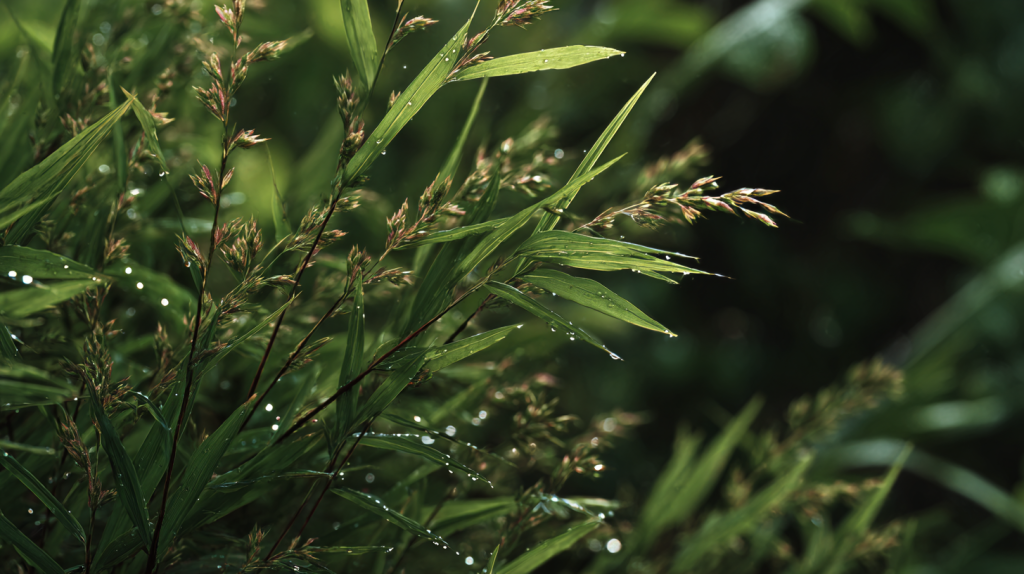
- Looks like crabgrass’s tougher cousin, with a silvery-white crown.
- Loves compacted soil — think driveways and trampled lawn spots.
- Best control: aerate your soil and use the same pre-emergents you’d use for crabgrass.
Torpedograss (Panicum repens)
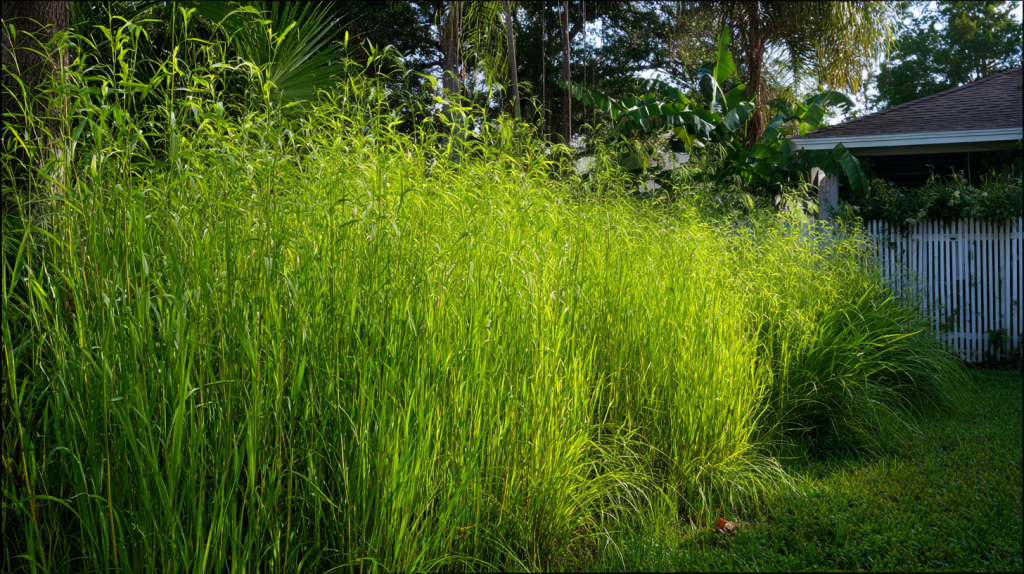
- Florida’s “lawn homewrecker.” Spreads by rhizomes so sharp they can punch through landscape fabric.
- Fun fact: It’s listed among the world’s worst weeds because it invades everything from golf courses to wetlands.
- Best control: spot-treat with glyphosate and re-sod. There’s no magic selective herbicide for it.
Sedges: The Grass-Looking Fakers
Nutsedge (Cyperus spp.)
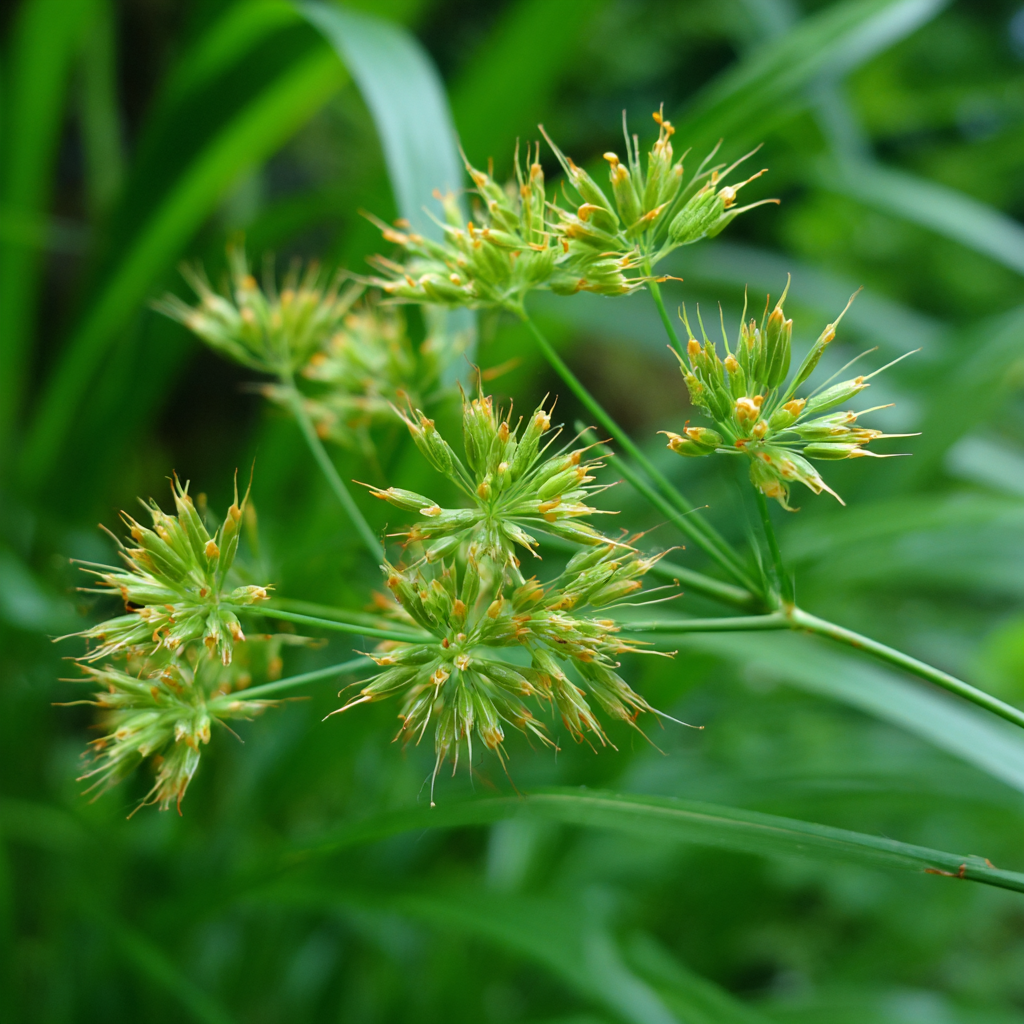
- Nicknamed “nutgrass,” but it’s not a grass at all.
- Grows faster than your lawn and stands up like a neon sign after mowing.
- Each underground nutlet (tuber) can sprout dozens more plants. Purple nutsedge is even worse because its tubers form chains.
- Best control: halosulfuron, sulfentrazone, or imazaquin — and patience, because you’ll need more than one round.
Invasive Monsters That Don’t Play Around
Cogongrass (Imperata cylindrica)
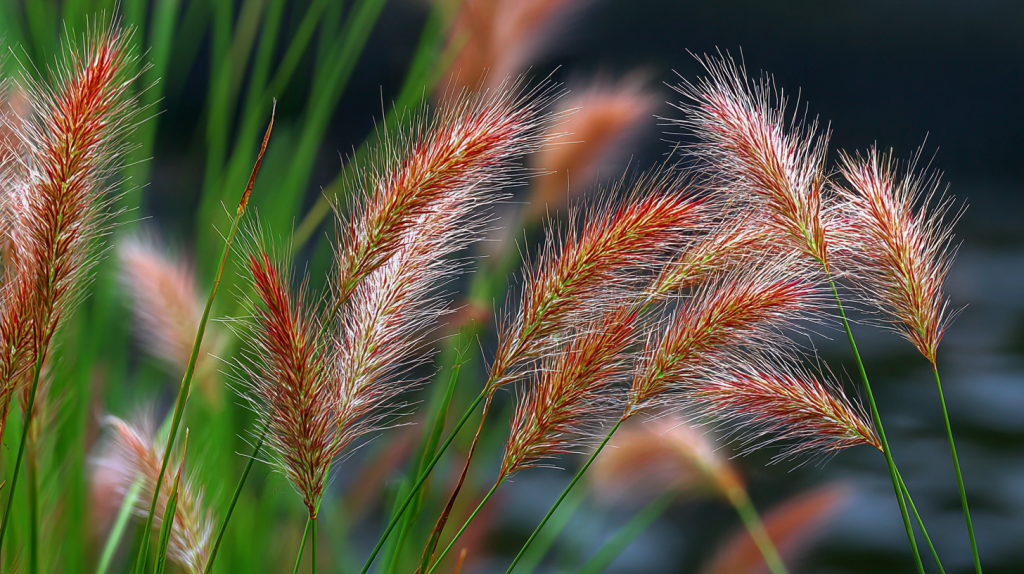
- Produces fluffy white seed heads in spring.
- Rhizomes are so dense they can smother everything — even trees.
- Fact: Florida spends millions every year trying to contain this single weed.
- Best control: repeated sprays with glyphosate or imazapyr.
Brazilian Pepper (Schinus terebinthifolius)
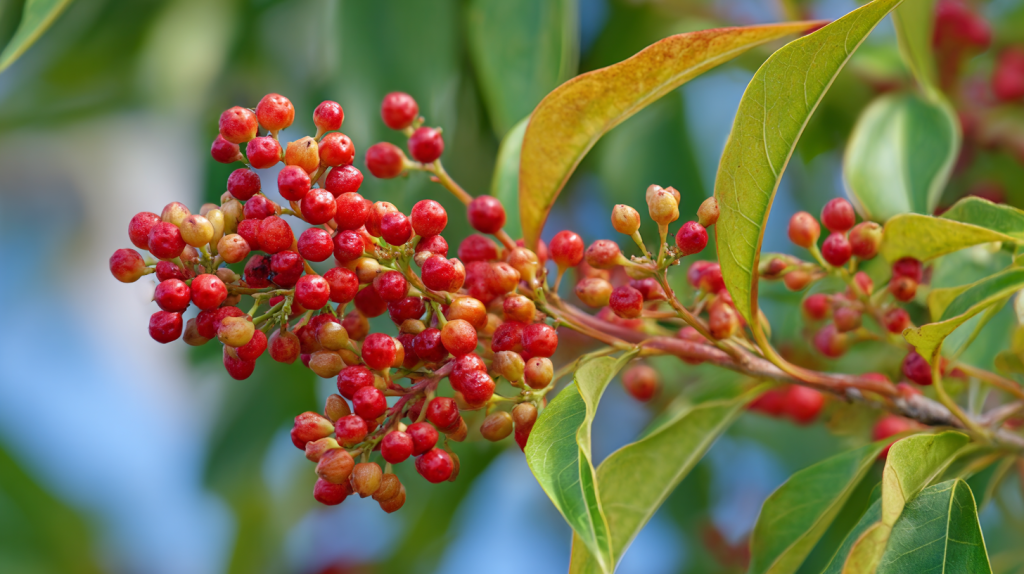
- Pretty red berries, toxic sap, and a growth rate that laughs at your hedge trimmer.
- Birds spread the seeds everywhere.
- Best control: cut-stump treatment with glyphosate or triclopyr.
Air Potato Vine (Dioscorea bulbifera)
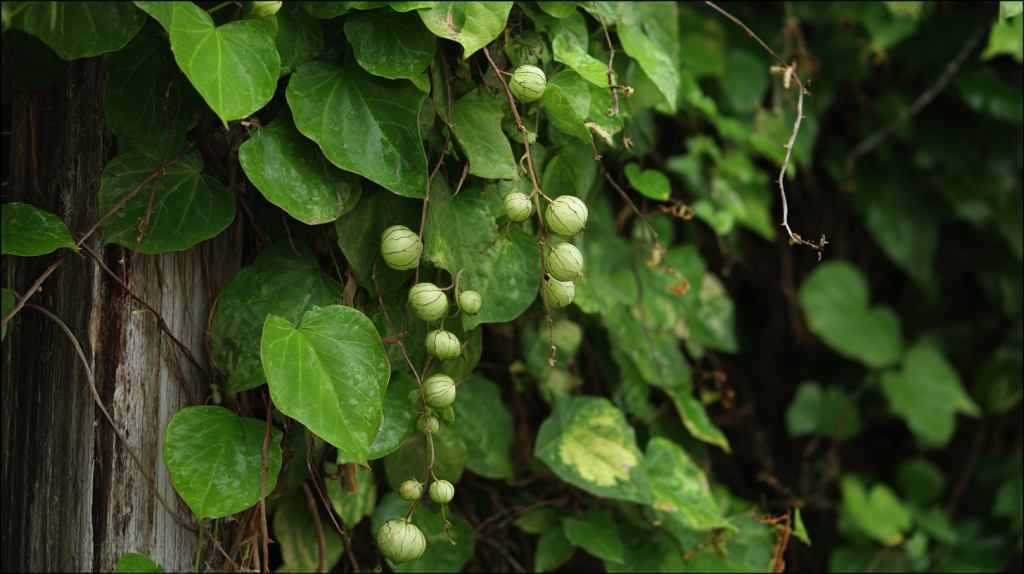
- Produces potato-like bulbils that sprout new vines faster than you can collect them.
- Can grow 8 inches a day in peak summer.
- Best control: hand-pick bulbils and treat regrowth with glyphosate or triclopyr.
Frequently Asked Questions (FAQs)
Why do weeds keep coming back even after I spray them?
Many weeds (like dollarweed and nutsedge) have underground tubers or rhizomes. Killing the top doesn’t kill the underground parts. That’s why repeated treatments and pre-emergents matter.
Is mowing enough to control weeds?
Nope. Mowing helps prevent seeds from spreading, but most weeds either regrow from roots or spread sideways. Mowing is a piece of the puzzle, not the whole thing.
Do weeds mean my lawn is unhealthy?
Often, yes. Florida pusley loves thin lawns. Dollarweed screams “too much water.” Nutsedge points to soggy soil. Think of weeds as lawn gossip — they’re spilling the tea about your turf’s problems.
Can I just pull weeds by hand?
Works for small patches, especially annuals like pusley. But for things like torpedograss or nutsedge, pulling just makes them mad and they come back stronger.
What’s the single most effective weed strategy?
A healthy, dense lawn. Weeds need bare soil and stressed grass to thrive. Mow at the right height, water properly, fertilize on schedule, and your lawn becomes way less welcoming to freeloaders.


